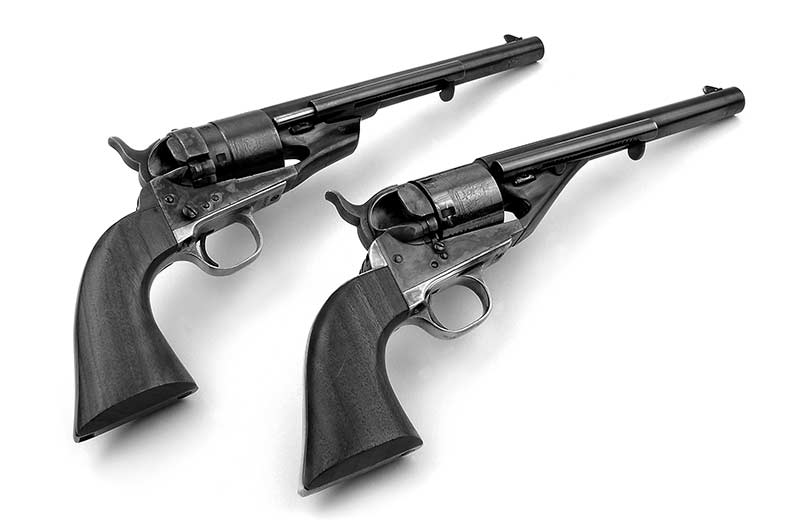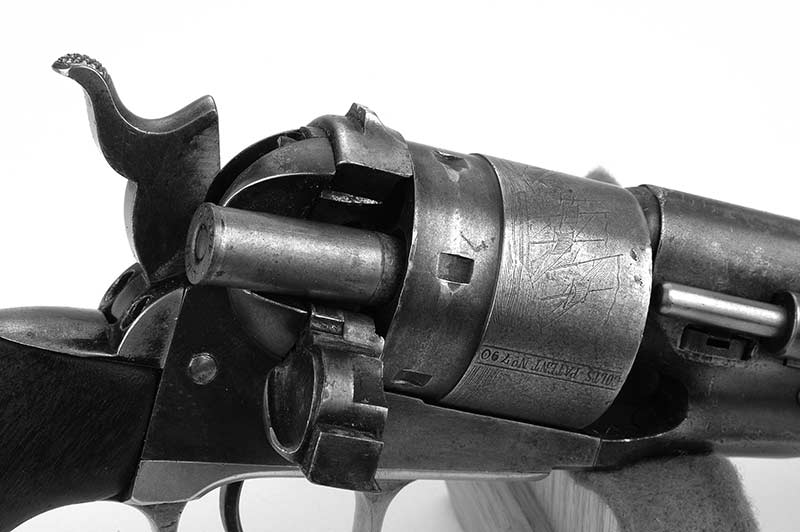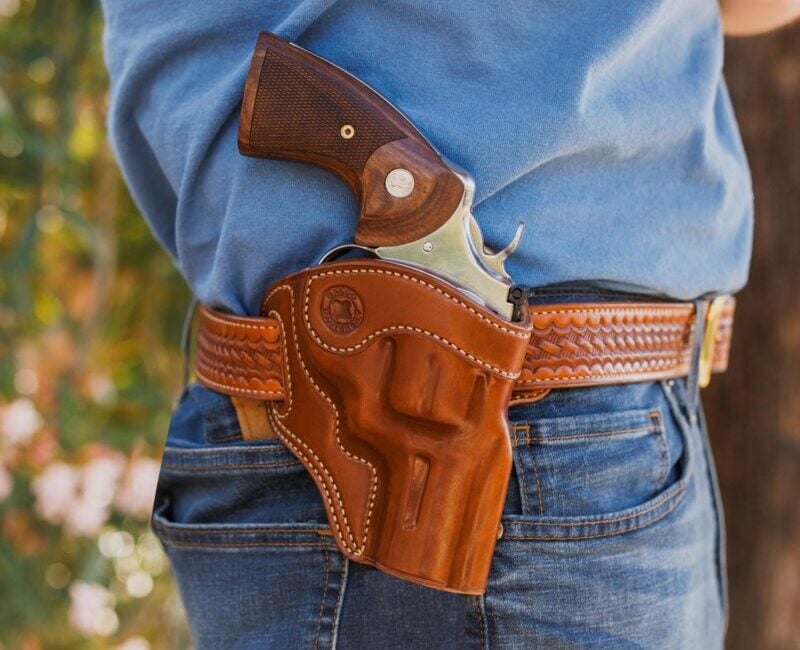Colt's Cartridge Conversions That Weren't
Among avid single action revolver shooters there is a sub-genre of handguns well respected but often misunderstood. Those are the Colt Conversions of cap & ball six-shooters. The interesting fact is Colt’s Conversions weren’t converted; at least not in the truest sense of the word.
What happened was Colt engineers figured out a way to alter cap and ball revolver designs so they fired metallic cartridges. They didn’t actually take existing cap and ball revolvers, tear them down, and rebuild them into cartridge shooters. Colt’s Conversions were built of new parts with bored-through cylinders of new manufacture. No gun company, back then or today, likes to junk perfectly good but obsolete parts, and Colt had tens of thousands of various models of cap and ball revolver parts on hand in the early 1870s. So, rather intelligently, they built them up into guns and “converted” parts into cash.
Two Flovors
There were two basic versions of Colt Conversion revolvers named after the engineers who figured them out: The Richards and the Richards Mason. The Richards style came first and was based on what we today call the Model 1860 Army. The alteration consisted of fixing a breech plate complete with firing pin and rear sight to the frame, filling in the cap and ball model’s rammer recess, and affixing an ejector rod and housing to the right side of the barrel. Who says frame-mounted firing pins are a new innovation? Later one of Colt’s engineers named Mason changed the design somewhat.
The firing pin was put back on the hammer and since by this time Colt was running out of cap and ball barrels, new ones were manufactured. Thus there exists no filled-in cap and ball rammer recess on Richards/Mason conversions.
When Colt was building these conversions they actually put them on every style of cap and ball revolver frame being manufactured in the early 1870s. In fact, the most numerous ones were the little five shooters based on the Model 1862 .36 caliber frames. They were made both in .38 rimfire and centerfire models. Approximately 25,000 were made. The larger six shot conversions based on Models 1851 and 1861 Navy .36s were also made both as .38 centerfire and rimfire. About 3,800 of the former and 2,200 of the latter were made. And, although it is possible I could be mistaken, I’ve never seen one of these .38 rimfires or centerfires that were Richards Conversions. They have all been Richards-Mason Conversions
The .44s
With the big .44 conversions both methods of alteration were used, but at least as sold by Colt they were all chambered for .44 Colt centerfire. The Richards version was most numerous with about 9,000 made and only about 2,100 .44s were based on the Richards-Mason system.
The U.S. Army bought 1,200 Colt Richards Conversions in 1871 and issued them to cavalry units stationed throughout the west. By many accounts they were very well received by the troops.
Although I’ve owned and/or shot both .38 and .44 caliber original Colt Conversions, I consider them too rare and too valuable to use very often. Therefore, some years back I had a gunsmith (Not named here because I don’t think he still makes them.) build both a Richards Conversion .44, and a Richards-Mason .38 on new Colt cap and ball frames. They are beauties, and in fact since this gunsmith had a spare .44 barrel defective near the muzzle, I had him bob it off to 2.75″ to replicate a snubby-conversion used by El Paso City Marshall Dallas
Stoudenmire in the early 1880s. The switch between 8″ and 2.75″ barrel can be made in about a minute.
Back when Colt originally made these conversions they left the barrels’ groove diameters as they had been for .36 and .44 caliber cap and
ball revolvers. Nominally, such were .375″ and .451″. That necessitated the use of either heel-type bullets or hollowbase ones. I use the former in the .44 and the latter in the .38; both over full cases of black powder. Both are great fun to shoot, and believe me, that little snubby .44’s black powder muzzle blast will wake up the neighborhood.
Of course there were other conversions during the 1870s — many frontier gunsmiths did their own. But this is a nutshell-sized story of the ones Colt made and sold.
Subscribe To American Handgunner

Get More Revolver Content Every Week!
Sign up for the Wheelgun Wednesday newsletter here:







